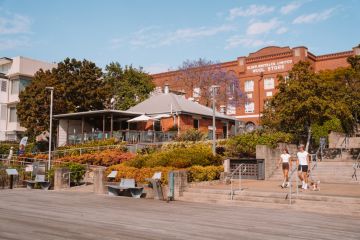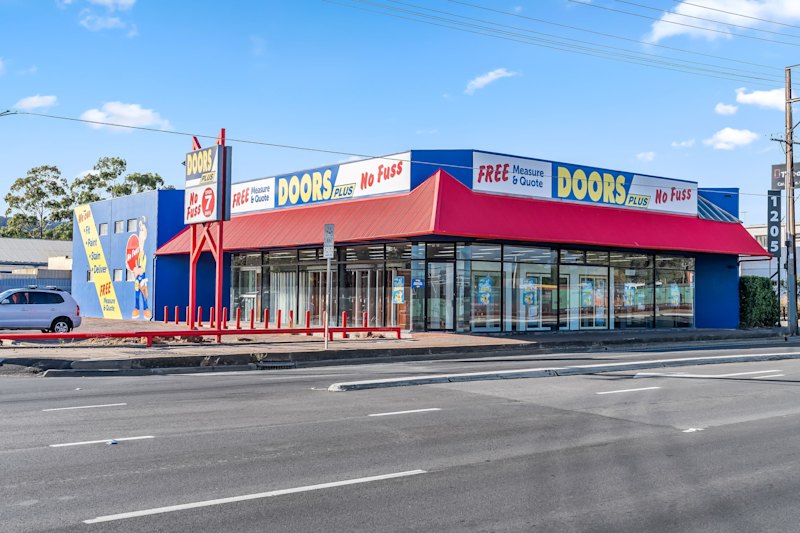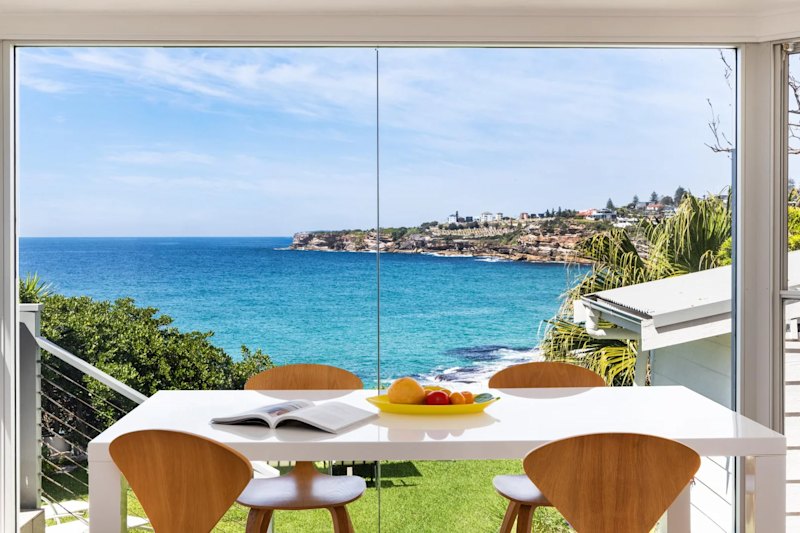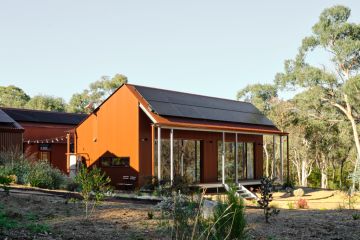A 'red flag' for housing market as price growth expectations for NSW, Queensland and Victoria fall
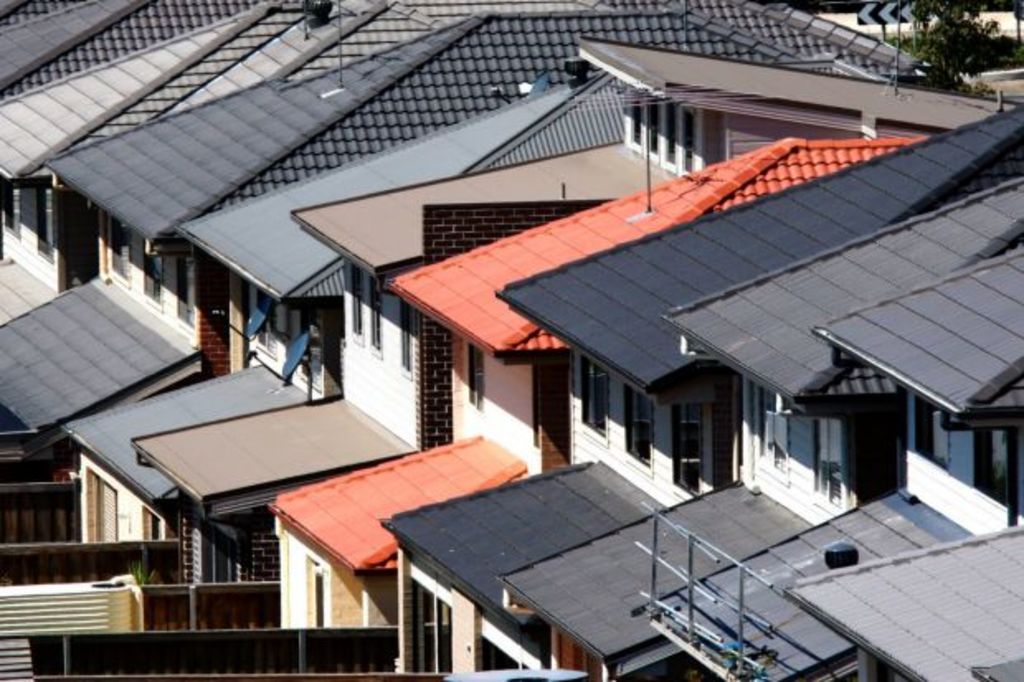
After years of surging prices in Sydney and Melbourne, property experts seem to think these markets’ run could be up.
Price growth expectations for the east coast property markets have dropped significantly, with sentiment in the industry falling, a new survey shows.
In the latest ANZ/Property Council quarterly survey for September 2017, industry practitioners rapidly pulled back their expectations for house price growth in Queensland, Victoria and NSW.
This is a different picture to the June 2017 quarter, when the results for those expecting prices would continue to rise in these markets hit an annual high.
In addition to a declining outlook for price growth in these states, confidence from the 1700 industry members surveyed also fell.

The ANZ/Property Council survey has seen a sharp winding back in experts predicting price growth on the east coast. Photo: Property Council/ANZ
In NSW, the decline was the most significant in the country, with the index dropping from 145 to 139 over the quarter. A 100 score is “neutral” so this result is still positive.
Nationally, confidence fell from 135 to 132 on the same measure, Property Council of Australia chief of policy and housing Glenn Byres said.
“While national confidence is at elevated levels, the fall in confidence in our two biggest state economies of New South Wales and Victoria is a red flag that needs to be watched,” Mr Byres said.
- Related: Property price falls tipped by 2020
- Related: Sydney prices ‘to fall 5 per cent’
- Related: What would cause price falls in Sydney and Melbourne
Property Council NSW executive director Jane Fitzgerald said NSW continued to lead the country in terms of confidence levels, but acknowledged the outlook had “softened”.
“Capital growth expectations across all sectors in NSW have dropped demonstrating a more subdued outlook, yet expected staffing levels are still strong which means the industry will continue to provide jobs for the state’s growing population,” Ms Fitzgerald said.
The ANZ analysis of the results pointed to tighter regulation from the banking regulator, APRA, which has targeted property investors, as having a “negative impact on the industry”.
Property investment activity fell to its lowest level in 12 months in May.
They said the results didn’t “ring alarm bells” as sentiment across most regions was still higher than a year ago overall – driven largely by improvements in the mining regions.
The survey is in line with expectations from NAB’s Forward View economics note, released on Wednesday, which said that while the market “remains fairly resilient” there were signs it had entered a cooling phase.
But it didn’t anticipate a crash – “trends to date remain consistent with an orderly unwind of market exuberance, rather than a sharp and painful correction”.
“Looming headwinds from prudential tightening, combined with rising housing supply, affordability constraints and modest wages growth … suggest the housing market will continue to cool from here – although an orderly conclusion to the long-running housing boom in major markets is still expected.”
Their forecasts had anticipated national house prices would rise 7.2 per cent in 2017 and 4.3 per cent in 2018, while apartment prices will rise 6.8 per cent this year before falling 0.4 per cent in 2018.
But these are “likely to be revised lower” this week.
Declining auction clearance rates are another indicator that the Sydney and Melbourne property markets are coming off the boil.
Sydney was still recording auction clearance rates above 80 per cent in early-2017. But this has slowed to below 70 per cent in recent weeks.
The Melbourne auction market slowdown has been less pronounced.
In June, investment bank Citi forecast price falls for Sydney and Melbourne of about 7 per cent by 2018.
And property research firm BIS Shrapnel has predicted price declines for much of the east coast by 2020.
They expected this would largely be a result of new development pushing some of these markets into oversupply and a slowing of investment activity.
But the firm stopped short of calling it a crash.
We recommend
We thought you might like
States
Capital Cities
Capital Cities - Rentals
Popular Areas
Allhomes
More
